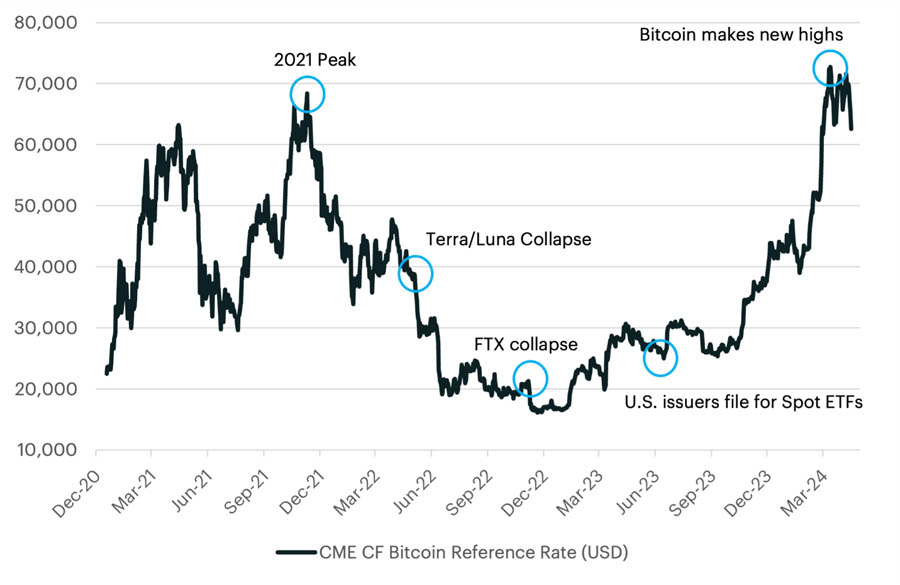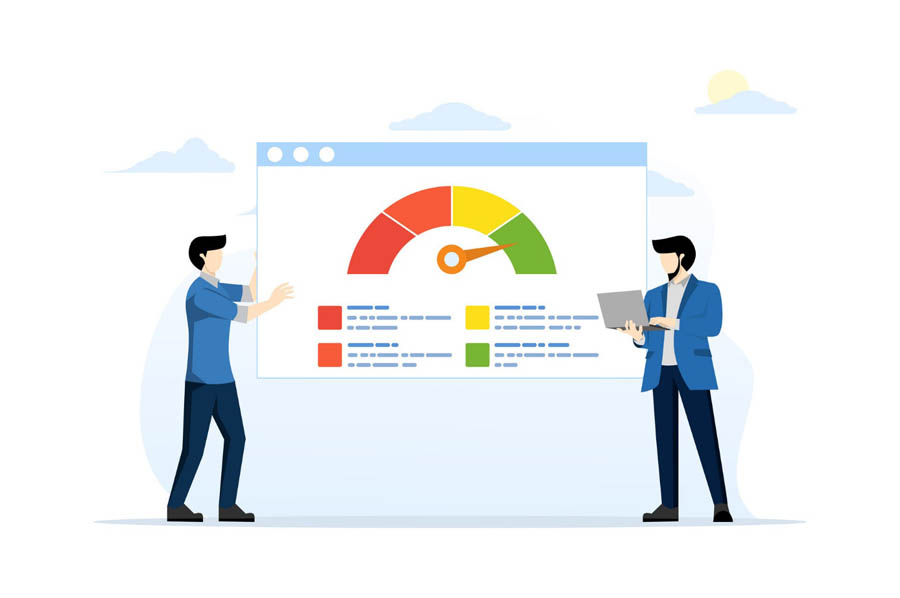Sentiment analysis in Forex is a powerful tool for traders, providing insights into the collective mood of market participants. By understanding sentiment, traders can make more informed decisions, identify potential trading opportunities, and enhance their overall trading strategies. For those navigating the Forex market, finding the right broker for forex trading can complement the insights gained from sentiment analysis. This comprehensive guide delves into the intricacies of sentiment analysis, its sources, applications, advantages, and limitations in the Forex market.

Understanding Sentiment Analysis in Forex
Definition of Sentiment Analysis
Sentiment analysis in Forex involves analyzing the collective mood of market participants towards a particular currency pair. This analysis helps traders gauge the overall market sentiment, whether bullish, bearish, or neutral, and use this information to make trading decisions. Sentiment analysis goes beyond price movements and delves into the psychological factors driving those movements. It utilizes various data sources, including trader positioning, news sentiment, and social media trends, to provide a comprehensive view of the market’s emotional state.

Importance of Gauging Market Sentiment
Gauging market sentiment is crucial for identifying potential trading opportunities. By understanding the prevailing sentiment, traders can anticipate market movements, take advantage of trends, and avoid potential pitfalls. Various tools and indicators, such as sentiment indexes and reports, aid in measuring market sentiment.

Tools for Sentiment Analysis
To effectively gauge market sentiment, traders utilize various tools and indicators:
- Sentiment Indexes: These indexes aggregate data from multiple sources to provide a single measure of market sentiment. Examples include the DailyFX Speculative Sentiment Index (SSI) and the IG Client Sentiment Index.
- Broker Sentiment Data: Many brokers provide data on the positions of their retail clients, offering insights into the collective sentiment of retail traders.
- News Sentiment Analysis: Tools like Newsquawk and Trading Central analyze the sentiment of news articles to gauge market reactions to current events.
- Social Media Analysis: Platforms such as Twitter and StockTwits provide real-time insights into market sentiment by analyzing the tone and volume of social media posts.
Interpreting Sentiment Data
Interpreting sentiment data requires a nuanced understanding of market psychology and behavior. It’s essential to consider the following aspects:
- Contrarian Indicators: When retail traders are overwhelmingly positioned in one direction, it can serve as a contrarian indicator. For example, if 90% of retail traders are long on a currency pair, it might suggest an overbought condition and a potential reversal.
- Sentiment Divergence: Divergence between sentiment and price action can indicate potential reversals. If sentiment remains bullish while prices fall, it could signal an impending trend change.
- Volume and Open Interest: High trading volume and open interest levels can validate the strength of sentiment. Low volume, despite extreme sentiment, might indicate weak conviction and potential market reversals.
Sources of Forex Market Sentiment
Retail Trader Sentiment
Retail trader sentiment is derived from data on positions held by clients of retail Forex brokers. This information provides insights into the collective stance of retail traders and can highlight potential market biases. Platforms like FXSSI, Myfxbook, and Investopedia offer detailed data on retail trader sentiment.

Commitment of Traders (COT) Reports
The Commitment of Traders (COT) reports, published by the Commodity Futures Trading Commission (CFTC), track the positioning of large institutional traders. These reports are invaluable for understanding the sentiment of significant market players and can be used to predict future market movements. The COT reports categorize traders into commercial (hedgers), non-commercial (speculators), and non-reportable positions.
How to Use COT Reports:
- Analyze Positioning Trends: Look for trends in the positioning of large traders. An increase in long positions over several weeks can indicate growing bullish sentiment.
- Identify Extremes: Extreme levels of long or short positions can indicate overbought or oversold conditions, which may precede market reversals.
- Compare with Price Movements: Align changes in the COT data with price movements to identify divergences. For example, if prices are rising but the number of long positions is decreasing, it might indicate weakening momentum.
Read More: The Smart Money Concept
News and Social Media Sentiment
News articles and social media discussions significantly influence market sentiment. By analyzing the tone and content of news reports and social media posts, traders can gauge the market’s reaction to current events and trends. Advanced algorithms and AI tools are often employed to assess this sentiment.
Tools for News and Social Media Sentiment Analysis:
- News Aggregators: Platforms like Bloomberg, Reuters, and Trading Central aggregate news from various sources and provide sentiment analysis based on the tone of the articles.
- Social Media Monitoring Tools: Tools such as TweetDeck, Hootsuite, and StockTwits analyze the volume and tone of social media posts to gauge public sentiment. These tools can track specific keywords and hashtags related to Forex trading.
- AI and Machine Learning Algorithms: Advanced algorithms can process large volumes of text data to detect sentiment trends. These tools often use natural language processing (NLP) to analyze the sentiment expressed in news articles and social media posts.
Sentiment Indexes
Sentiment indexes aggregate data from multiple sources to provide a single measure of market sentiment. These indexes are valuable for getting an overall picture of market mood and can be used alongside other analytical tools to inform trading decisions.
Examples of Sentiment Indexes:
- DailyFX Speculative Sentiment Index (SSI): This index shows the percentage of traders who are long or short on various currency pairs, providing insights into market biases.
- IG Client Sentiment Index: This index provides real-time data on client positioning, showing the proportion of traders who are long or short on different instruments.
- Commitment of Traders (COT) Index: Derived from the COT reports, this index highlights the positioning of institutional traders in various markets, offering a broader view of market sentiment.
Using Sentiment Indexes in Trading:
- Identify Market Extremes: Sentiment indexes can highlight extreme market conditions. For example, if the SSI shows that 90% of traders are long on a currency pair, it might indicate a potential reversal.
- Confirm Trends: When sentiment indexes align with technical and fundamental analysis, they can confirm existing trends and increase confidence in trading decisions.
- Spot Divergences: Divergences between sentiment indexes and price movements can signal potential turning points. For instance, if sentiment is bullish but prices are falling, it might suggest weakening bullish momentum.
Trading with Sentiment Analysis
Contrarian Approach
The contrarian approach involves trading against the dominant market sentiment. When the majority of traders are bullish, contrarians may look for signs of an impending reversal and position themselves accordingly. This strategy capitalizes on market overreactions and corrections.

Read More: Predicting Forex Price Movement
Trend Confirmation
Sentiment analysis can also be used to confirm existing trends. When market sentiment aligns with a technical or fundamental trend, it adds an extra layer of confirmation, increasing the trader’s confidence in their strategy.
Importance of Combining Sentiment with Other Analysis
Relying solely on sentiment analysis is not advisable. Successful traders often combine sentiment analysis with technical analysis, fundamental analysis, and other tools to create a well-rounded trading strategy. This comprehensive approach helps mitigate the limitations of any single method and provides a clearer market picture.
Integration Strategies:
- Technical and Sentiment Analysis: Use sentiment data to confirm technical signals. For example, if technical indicators show a breakout and sentiment analysis shows increasing bullish sentiment, it adds confidence to the trade.
- Fundamental and Sentiment Analysis: Combine sentiment analysis with fundamental events such as central bank meetings or economic reports. If sentiment is bearish ahead of a negative economic report, it might strengthen the bearish outlook.
- Risk Management: Use sentiment analysis to manage risk. If sentiment data indicates extreme market conditions, traders can adjust their position sizes or set tighter stop-loss levels to protect against sudden reversals.
Practical Applications of Sentiment Analysis in Trading
- Contrarian Trading: Identifying extreme sentiment conditions and trading against the prevailing market mood. This approach works well in markets prone to overreaction and can help in capitalizing on market corrections.
- Sentiment-Based Trend Following: Using sentiment data to follow trends. When sentiment shifts align with technical trends, it provides a strong signal to follow the market direction.
- Market Sentiment Reports: Regularly reviewing sentiment reports from brokers and financial news platforms to stay updated on the current market mood. These reports can highlight potential trading opportunities and provide insights into market dynamics.
- Algorithmic Trading: Incorporating sentiment analysis into algorithmic trading strategies. By programming trading algorithms to respond to changes in sentiment data, traders can automate their responses to market mood shifts, improving trading efficiency.
Real-World Example: Brexit and GBP/USD
During the 2016 Brexit referendum, market sentiment surrounding GBP/USD was heavily influenced by news and social media discussions. Sentiment analysis tools showed increasing bearish sentiment as the referendum date approached. Traders who incorporated this sentiment data into their analysis were able to anticipate the significant volatility and downward pressure on GBP/USD following the unexpected vote to leave the EU.
Tools for Trading with Sentiment Analysis
- DailyFX Speculative Sentiment Index (SSI): This index shows the percentage of traders who are long or short on various currency pairs, providing insights into market biases.
- IG Client Sentiment Index: This index provides real-time data on client positioning, showing the proportion of traders who are long or short on different instruments.
- Commitment of Traders (COT) Reports: These reports highlight the positioning of institutional traders in various markets, offering a broader view of market sentiment.
- News and Social Media Analysis Tools: Platforms like Bloomberg, Reuters, TweetDeck, and Hootsuite analyze the volume and tone of news articles and social media posts to gauge public sentiment.
Advantages of Using Sentiment Analysis
Sentiment analysis is a powerful tool in Forex trading, offering numerous advantages that can enhance a trader’s decision-making process and overall strategy. By understanding market sentiment, traders can gain valuable insights into potential market movements and make more informed trades. Here are some of the key advantages of using sentiment analysis in Forex trading:
Early Identification of Potential Turning Points
One of the primary advantages of sentiment analysis is the early identification of potential turning points in the market. By recognizing shifts in sentiment, traders can anticipate market reversals and position themselves advantageously.
Confirmation of Existing Trading Strategies
Sentiment analysis can serve as a confirmation tool for existing trading strategies. When sentiment data aligns with a trader’s technical or fundamental analysis, it reinforces their decision-making process and boosts confidence in their trades.
Improved Understanding of Market Psychology
Understanding market sentiment provides deeper insights into market psychology. By analyzing how market participants react to various events, traders can better predict future market behaviors and adjust their strategies accordingly.
Enhanced Market Timing
Sentiment analysis can improve market timing by helping traders enter and exit trades at more opportune moments. By aligning sentiment with technical and fundamental analysis, traders can make more timely decisions.
Risk Management
Understanding market sentiment helps in managing risk by avoiding crowded trades and identifying potential market overreactions. Sentiment analysis can highlight when the majority of traders are positioned in one direction, indicating a potential overbought or oversold market.
Better Decision Making
Combining sentiment analysis with other forms of analysis provides a more comprehensive view of the market, leading to better-informed trading decisions. Sentiment data adds an additional layer of context that can clarify market conditions and potential trends.
Limitations of Sentiment Analysis
While sentiment analysis offers valuable insights into market psychology and potential trading opportunities, it is not without its limitations. Understanding these limitations is crucial for traders to use sentiment analysis effectively and avoid overreliance on this tool. Here are some of the key limitations of sentiment analysis in Forex trading:

Sentiment Can Be Wrong
One of the primary limitations of sentiment analysis is that it can be wrong. Retail traders, who contribute significantly to sentiment data, can often be overly optimistic or pessimistic. This herd behavior can lead to incorrect sentiment readings, potentially misguiding traders.
Does Not Account for Sudden Economic Events
Sentiment analysis is not foolproof and cannot account for sudden economic events or geopolitical developments. Such events can drastically alter market sentiment and render previous analysis obsolete.
Requires Experience and Proper Interpretation
Interpreting sentiment data correctly requires experience and skill. Novice traders may struggle to draw accurate conclusions from sentiment analysis, leading to potential losses. Understanding the context and the nuances of sentiment data is essential for making informed decisions.
Example: Misinterpreting sentiment shifts as trend reversals, rather than temporary corrections,
Herd Behavior and Extreme Sentiment
Retail traders often exhibit herd behavior, leading to extreme sentiment readings that can be misleading. When too many traders are positioned in one direction, it can create a crowded trade, increasing the risk of a sudden market reversal.
Lagging Indicator
Sentiment data can sometimes lag behind real-time market movements, especially during high volatility periods. By the time sentiment shifts are reflected in the data, the market may have already moved, reducing the effectiveness of the analysis.
Limited Historical Data
For some sentiment indicators, historical data may be limited, making it challenging to perform long-term backtesting or trend analysis. Without sufficient historical data, it is difficult to determine how reliable a sentiment indicator has been over different market cycles.
Conclusion
Sentiment analysis is an invaluable tool in Forex trading, offering insights into market psychology and potential trading opportunities. By understanding and leveraging market sentiment, traders can enhance their strategies, anticipate market movements, and achieve better trading outcomes. However, it is crucial to combine sentiment analysis with other analytical methods and maintain a balanced approach to ensure comprehensive market analysis.
What is the primary source of sentiment data in Forex?
The primary sources of sentiment data in Forex include retail trader sentiment from broker platforms, COT reports from the CFTC, and sentiment analysis from news and social media. These sources provide a comprehensive view of market sentiment and help traders make informed decisions.
How does sentiment analysis complement technical analysis?
Sentiment analysis complements technical analysis by providing a psychological perspective on market movements. While technical analysis focuses on price patterns and trends, sentiment analysis reveals the mood of market participants. Together, they offer a more holistic view of the market.
Can sentiment analysis predict long-term market trends?
Sentiment analysis is more effective for short to medium-term market predictions. Long-term trends are influenced by a broader range of factors, including economic fundamentals and geopolitical events, which may not be fully captured by sentiment analysis alone.
What tools are available for sentiment analysis in Forex?
Various tools are available for sentiment analysis in Forex, including sentiment indexes, broker sentiment data, COT reports, and AI-driven sentiment analysis platforms. These tools help traders gauge market sentiment and make informed trading decisions.







